

HOME | HISTORY | COMPARISONS | TIPS&TRICKS | ARCHIVES | DOWNLOADS | GALLERY | LINKS | ABOUT
| You have entered the museum/gallery. All kinds of Commodore 16 or plus/4 related pictures are featured here. These includes all computers known as the Commodore 264 series of microcomputers. This page may take a while to load, so please be patient! |
| Choose section: Family | Peripherals | Boxes/Covers |
 |
This is one of the few "commercial" lightpens for the plus/4, the Trojan Lightpen (another type is known to be existed in Germany). Trojan prepared lightpens for various platforms, eg. Spectrum, as well. The lighpen itself had to be connected to the joystick port. For detailed info on how to build your own lightpen, "go tu" the GOTU homepage :-) ! Once ready, you can use the original utility from my software archive or the ones downloadable from the GOTU homepage. |
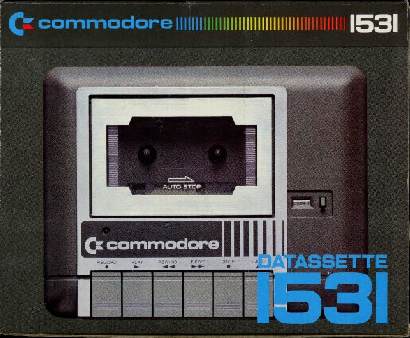
|
Commodore decided (again here) to change the pinouts for the
datasette from that of the Commodore 64. As the inner working was not differing at all from the C64 datasette, only the pinouts, a converter can also be made, just like in case of the joysticks, although this is not that simple. |
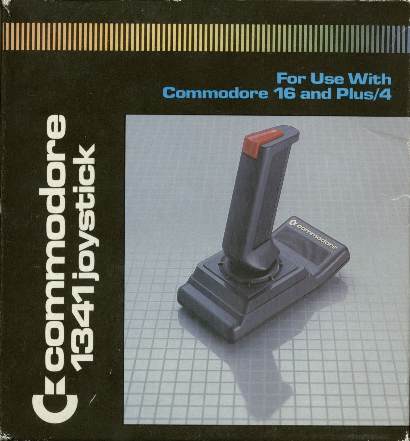
|
This is
a cover box scan of the one and only original Commodore joystick
for the C16/+4 family. Sadly, Commodore decided back then to
change the pinouts for the joysticks of these machines so that
only their joysticks worked at the beginning with the C16s.
Although I was informed that this joystick shape was used for the
Amiga 1000, too. As the inner working was not differing at all from the C64 joys, only the pinouts, many pepole started using cheaper second party joysticks with simple pinout converters. |
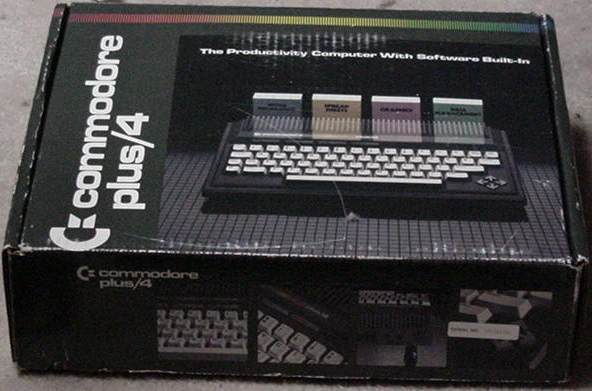 |
This is the original box of the Commodore plus/4 as sold in the United States. In Europe both the Commodore 16 and the plus/4 had a different box. Note, that the U.S. uses the NTSC standard for TV/video ouput and also has a different power voltage (110V instead of 230V). |
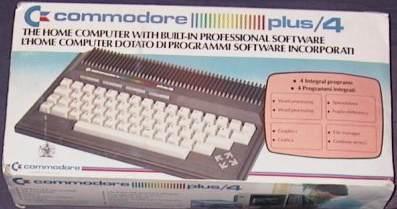 |
This is the original box of the Commodore plus/4 in European packaging. In the US both the Commodore 16 and the plus/4 had a different box. The shot is a bit of a bad one, but once I'll have a better one I hope... |
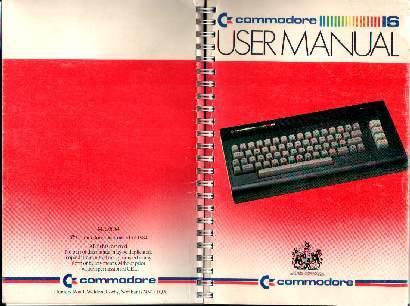 |
The
Commodore 16 User Manual with both the back and the front cover.
It was actually quite an uninformative piece of work and gave you
very few information on the real capabilities of the C16. It was basically dealing with simple BASIC keywords and programs with no machine code at all. The enhanced version of the official manual was called the Commodore 16 Programmer's Manual which was far more useful but still lacked important informations. If you are interested in Commodore User Manual scans, I would recommend Kim Lemon's great museum. |
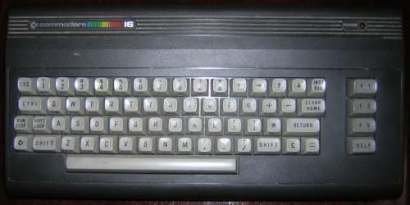 |
The Commodore 16 in its full glory! The C16 has 16 kB of RAM and was born after Tramiel's departure as a result of a cost reduction effort since the classic breadbin chassis was cheaper to produce than the originally intended and lot smaller C116 case. |
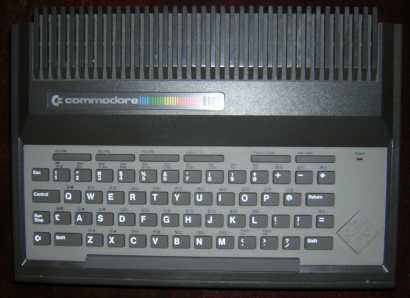 |
The tiny Commodore 116, which had rubber keys like a ZX Spectrum, and a case similar to the big brother, the plus/4. Probably the most annoying key was the SPACE, as it was big enough, but could only get the press events at certain points. The keyboard is also virtually impossible to be fixed once broken. |
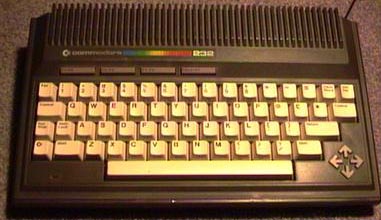 |
A
picture of the Commodore 232. This machine had 32 kB of RAM, but
had never been made to the shops, only at most 1-200 prototype
units were produced of which only about a dozen have been
accounted for. Although there really isn't much sense doing so, most emulators support this machine for sake of completeness of the 264 range. |
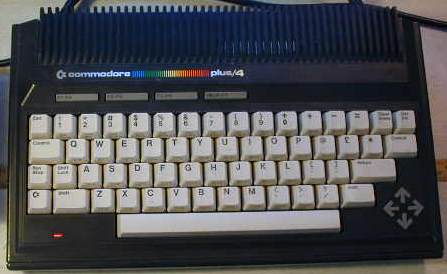 |
A picture of the Commodore plus/4! Neat, isn't it? It had 64 kilobyte RAM and four built-in programs, called the 3-plus-1 (word processor, spreadsheet, database and a chart maker) |
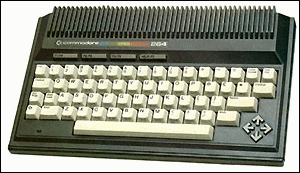 |
A picture of plus/4 while it was called Commodore 264...The 264 was the machine lending its name to the family. It had a different application built into the ROM called 'Microillustrator'. Only 2 prototypes have resurfaced so far. |
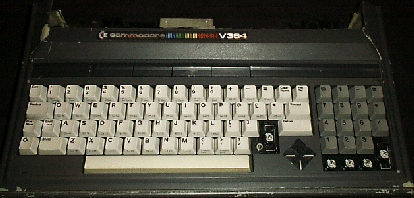 |
A picture of the Commodore 364 prototype unit. This machine had never been made to the shops either, only three units have been made and only one of them with industry quality plastic. It had a built-in speech synthetization system using the Toshiba T671A chip applying PARCOR synthesis and the MOS8706 glue ASIC. The ROM image is included in YAPE and the ROM package on the download page. |